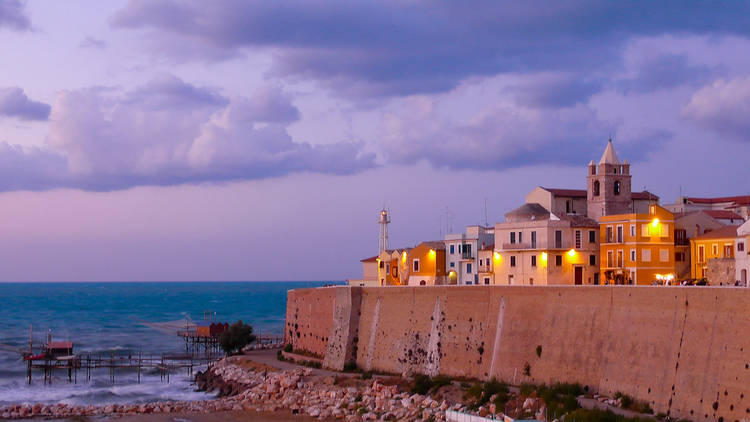


The New York Times’s yearly review of the 52 places to go [2] is out and features three Italian destinations: the captivating and vibrant island of Sicily, the little-known region of Molise and the walled town of Urbino, home to great Renaissance master Raphael.
Sicily, a region, an island, a world of its own, really. Few places on Earth are as lively, colorful, and majestic as this simultaneously relaxing and chaotic mediterranean island, which has for millenia been a crossroads of civilizations. Its cities are both decaying and decadent, ancient yet burgeoning with life. Here, cultures have been mixing since the dawn of time, resulting in a rich and unique quality that permeates everyday life and is witnessed in the region’s art, architecture, cuisine, language(s). At the same time, vast parts of the island remain wild, almost primordial, unknown to most and eternally mysterious to all.
But the reasons for nominating Sicily as the 7th place to visit in 2020 go beyond poetry; very real and concrete initiatives are taking place across the Southern Italian region, making it an unmissable destination. As the NYT piece states, “A new wave of green tourism is washing over the Mediterranean island, where nonprofit grassroots groups have begun to spearhead sustainable volunteer tourism initiatives like EtnAmbiente, which launched an app in 2019 to help locals and tourists photograph and report pollution, increasingly an islandwide problem.”
The Slow Food movement is also seeing a boom with many initiatives involving local wineries, food producers, culinary heritage associations, hoteliers and so on, all dedicated to spearheading a new wave of sustainable tourism and overall lifestyle.
The mountainous region of Molise shares a border with Abruzzo, Lazio, Campania, Puglia and has a coastline on the Adratic Sea, yet it remains to this day a “secret,” a treasure hidden in plain sight. Molise is one of those places you never - even as an Italian - think about until something or someone brings it to your attention and then you wonder how you never noticed it before - why on Earth aren’t more people talking about this magical place?
I don’t know the answer to those questions but maybe they will become obsolete now that the region has been named the 37th place to visit this year. From its pristine beaches to its centuries-old mountain tracks, from Roman ruins to lively festivals and spectacular train rides in historical carriages from the 1920s, the small but mighty region of Molise is the ideal destination for just about everyone.
Finally, the walled town of Urbino, located in the central region of Umbria, is the perfect place to immerse yourself in the art and life of Renaissance master Raphael. And what better time to enjoy the wonders of the artist’s hometown than on the year that marks the 500th anniversary of his death? There you can visit Raphael’s perfectly preserved house, once a “gathering place for some of the best artists and writers from around Italy” as well as the home to one of his first frescos, and enjoy a special exhibition of his works on view at the National Gallery through January 19.
Festivals, trade shows, and conferences of all sorts abund in Urbino: covering various spheres from dance to literature and of course music (particularly the famous Umbria Jazz Festival which takes place in August). Considered Italy’s book capital, the town hosts the Institute for Book Decoration and Illustration and is home to one of the world’s oldest universities (founded in 1506). A Unesco World Heritage Site, the hilltop town - this year’s 51st place to go - is breathtakingly beautiful and offers up incredible views of the surrounding countryside.
Source URL: http://test.iitaly.org/magazine/focus/facts-stories/article/three-italian-destinations-2020-according-nyt
Links
[1] http://test.iitaly.org/files/1052389665c33462911fbjpg
[2] https://www.nytimes.com/interactive/2020/travel/places-to-visit.html